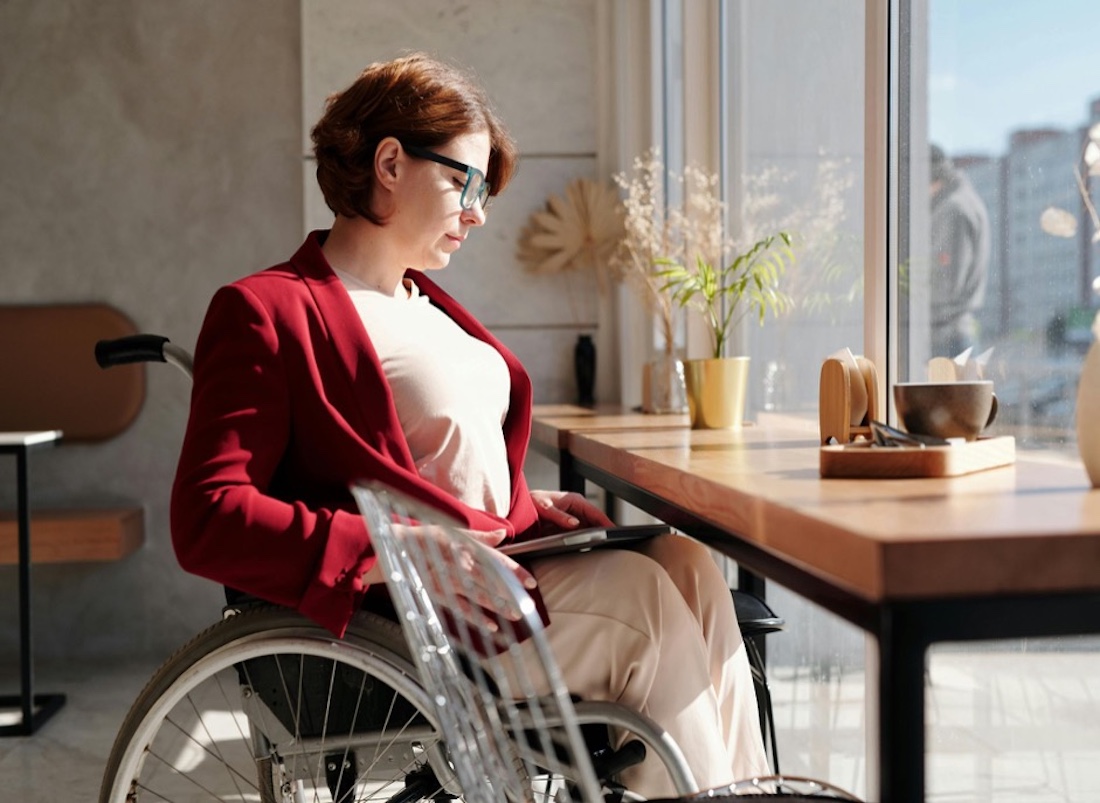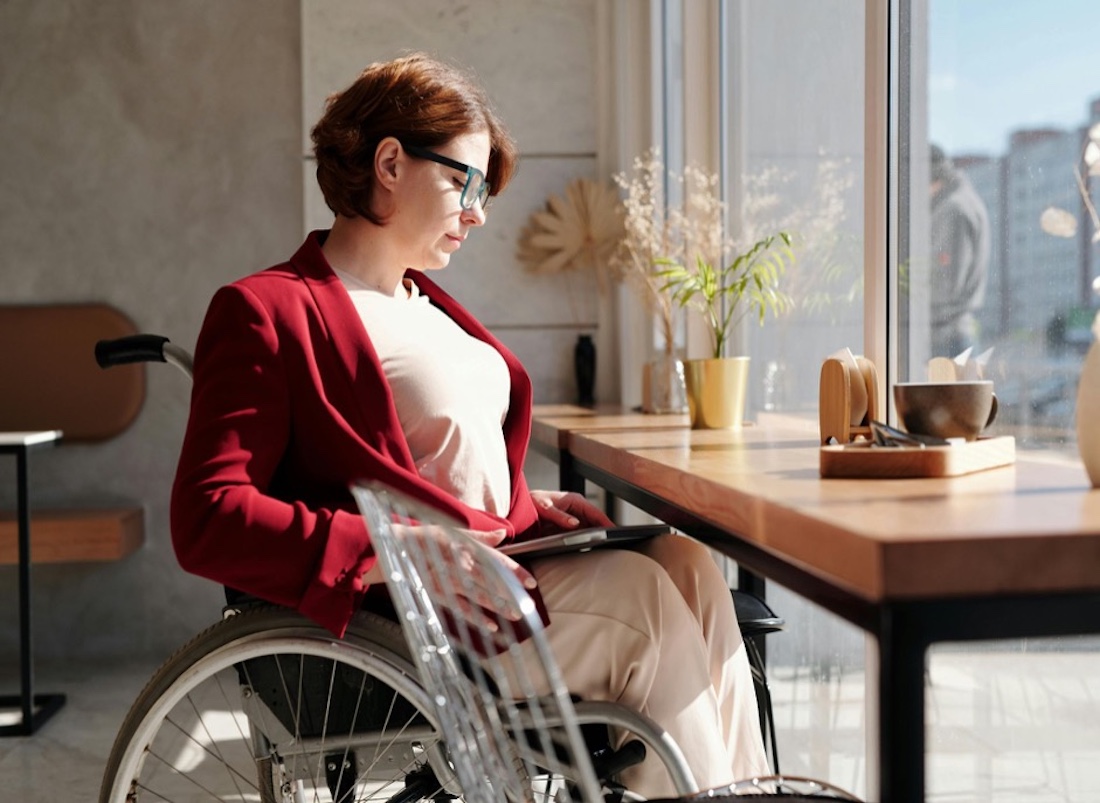
Image via Pexels
Moving is never just about packing boxes. For individuals with disabilities, it can surface physical, emotional, and logistical tensions that often go unspoken—until a new environment exposes them. Planning for this shift isn’t about “starting fresh.” It’s about continuity. About knowing your needs won’t be forgotten in the chaos of change. Whether you're moving across town or into your first fully accessible space, every decision—from layout to light switches—carries weight. This guide doesn’t promise ease. It offers footing. Real tools. Human-centered strategy. The kind that supports safety, clarity, and control from the very first walkthrough.
Design Isn’t a Detail—It’s the Beginning
Accessible design isn't just functional—it’s foundational. It reflects how someone plans to live. When a home is built or modified with the goal of maximizing safety, independence and dignity, it transforms from shelter into system. Systems reduce stress. They reduce reliance. And they give people agency over their own routines—even in moments when help is required. A hallway that’s one inch wider, a sink that you can roll under—these are not upgrades. They’re prerequisites for autonomy.
Don’t Wait Until Something Breaks
Many buyers rush through inspections and disclosures, only to realize later that what was sold as “move-in ready” isn’t functional at all. That’s why evaluating warranties beyond surface promises is critical. For someone with a disability, a misfiring HVAC, bad lighting, or malfunctioning outlets can disrupt health routines or safety setups. Understand what the fine print omits. A strong home warranty can be a stabilizer—especially when it’s chosen before urgency sets in. It’s not glamorous, but it is protective.
Warranty Protection That Keeps You Running
During a move, small systems make big differences. That’s where warranty coverage becomes more than paperwork. For example, when home warranty coverage extends to electrical systems, it reduces risk—not just of outages, but of system failures that interrupt medical equipment, affect lighting needs, or create temperature instability. For individuals with disabilities, this isn’t about convenience. It’s about safety and continuity. Gaps in coverage can become gaps in care.
Know Your Legal Ground Before You Sign
There’s a moment during a move—usually when scanning a lease or disclosures—when you realize just how much you need the law to be on your side. Landlords are obligated to accommodate in specific ways, but not all modifications are automatically approved, and not all denials are legal. Familiarizing yourself with legal protections and guidelines for renters can prevent unpleasant surprises later. The sooner you clarify, the fewer battles you’ll fight post-move. Accessibility rights exist—but only if you know how to assert them.
Modification Costs Deserve a Head Start
When modifying a home for disability access, costs pile up fast. Lift installs, roll-in showers, kitchen reconfigurations—none of it’s cheap. What many people don’t realize is that financial assistance options for home modifications are out there, from state-funded programs to local nonprofits. Grant windows close. Funds dry up. Start the paperwork early. Budgeting isn’t just about finding deals—it’s about finding allies. And funding, in this case, is a form of support.
Look for What the House Isn’t Saying
Moves are powerful moments to reassess—not just to react. Maybe the tub that felt doable last year now feels risky. Maybe that back step you’ve always managed is now an obstacle. Using a person plus place approach for modifications can help you assess not just what the home offers, but what your body and routines now require. Identify those before the boxes land. This isn’t about guessing—it’s about mapping what’s changed and responding clearly.
Small Changes, Big Impact
Not everything needs a contractor. Some of the most powerful changes are the simplest. If you’re willing to learn, you can implement dozens of modifications without professional help. Grab bars, lever door handles, motion-sensor lights, and raised toilet seats are all options you can often install on your own—or with a friend. Start small. Start with what’s within arm’s reach. Empowerment grows in increments, and each improvement carries over to the next one.
A well-executed move doesn’t solve every problem. But it can recalibrate your environment to meet you where you are now—not where you were when you first moved in five years ago. If the home bends to your needs, you don’t have to bend to the home. You get to rest, work, care for yourself, and be cared for in return—without unnecessary strain. It’s not about perfection. It’s about predictability. And predictability, in times of transition, is worth everything.
Guest Post by Mary Shannon with Seniors Meet.
Posted by Paul Burrowes on

Leave A Comment